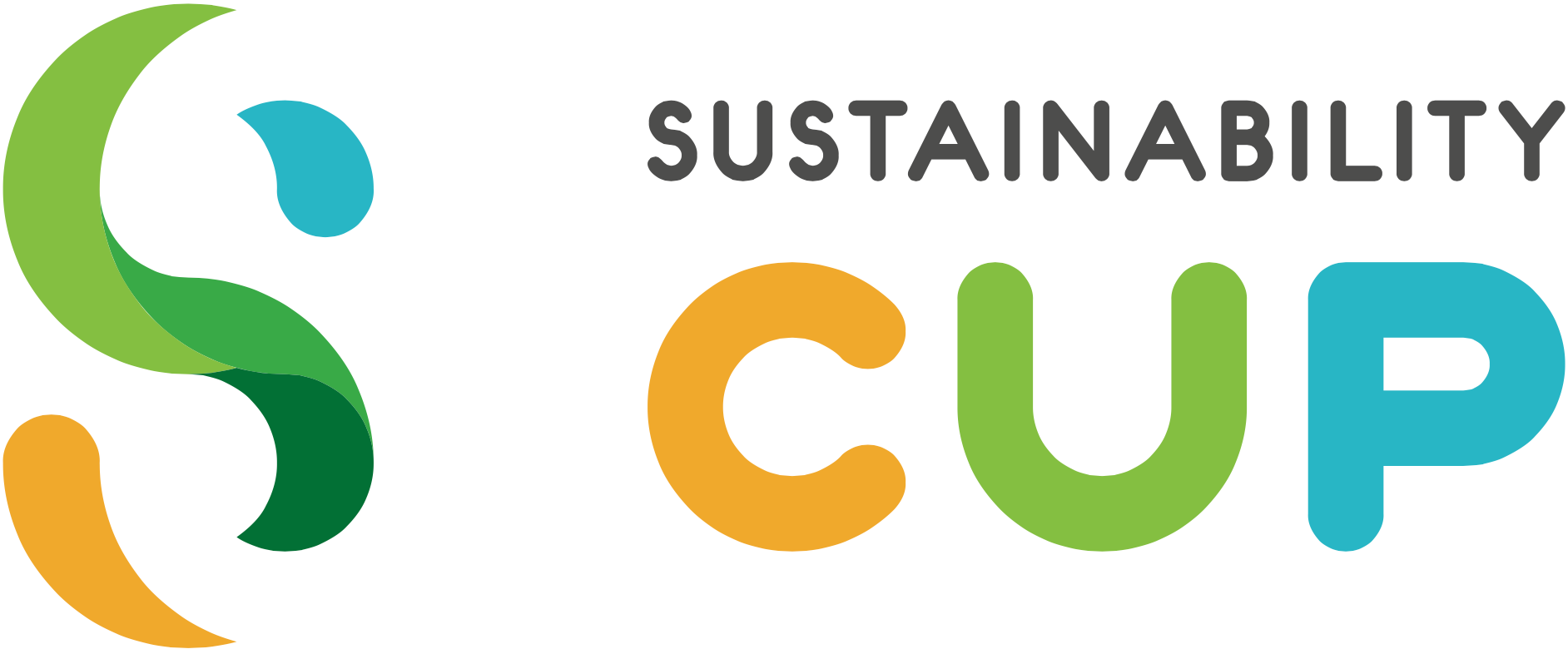The aim of this blog is to share the journey (of the Sustainability Cup) and to develop a dialogue with those who have a genuine interest in Sustainability and Education. Our Mission is to develop a fun based educational program where students learn by doing, where schools fund raise by saving, and that the “flat earthers” are overshadowed by the energy and enthusiasm of the next generation.
Another book on Sustainability isn’t going to do it, nor is another curriculum or Government building built out of recycled chairs – kids need to be challenged, they need to have fun and they need to be rewarded for their efforts. In a carbon constrained world, where funding and resources are in short supply, a new approach to Sustainability Education is required.
The Sustainability Cup is a business model that is actually built on the principles of Sustainability. Put simply, schools are continually on the lookout for fund raising opportunities, while learning requires real life hands on experience; what better way to train the next generation then to give them full responsibility for the energy performance of their classroom. They need to be rewarded for their efforts and they need to have fun. It is on this basis that the Sustainability Cup has been designed:
- Major cost reductions for schools
- Behavioural change as a result of immediate feedback and rewards
- Competitive fun as a result of the Intra-school competition.
Although, over time there has been a trend of commercial buildings improving in efficiency, the same cannot be said for most school buildings. Where a commercial building will benefit from the efficiencies of a central plant, building management system and building manager, schools (which are often a number of smaller scattered buildings) are mostly controlled at the classroom level. As a result, there is often a lot of “low hanging fruit” in the school environment. This “low hanging fruit” provides substantial reward for effort for both student learning and school fund raising initiatives. It is for this reason, classrooms engaged in the Sustainability Cup often demonstrate energy savings in the range of 30% to 80%.
